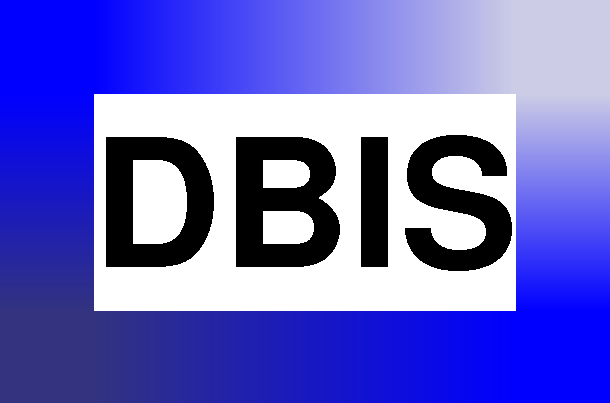Practical Training XML
Winter Term 2020/21
Prof. Dr. Wolfgang May
Lars Runge, M.Sc.,
Sebastian Schrage, M.Sc.
- Date and Time: Mon 14-18
- Room:
IFI 2.101 (North Campus)
- Virtual Meetings: We will use BigBlueButton provided by GWDG;
the rooms/meetings can be entered via StudIP. There also the
recordings can be found (they cannot be exported or edited at all).
Please also read the general and technical information
about DBIS virtual teaching.
- The course yields 6 ECTS-credits; it is graded (=benotet)
Prerequisites:
- Successful participation in the module "Semistructured Data and
XML" or comparable good knowledge in XML
- Successful participation in the "General
Programming Lab/Allgemeines Programmierpraktikum" (or an equivalent course).
Course Description
The practical training builds upon the lecture
Semistructured Data and XML.
The training uses the concepts of the XML world:
DTD, XPath, XQuery, XSLT, XLink, XML Schema, SQL/XML, XML APIs for Java (SAX, DOM, JAXB),
and Web Service infrastructure (Apache Tomcat).
- Most of the course uses the geographical sample database "Mondial"
in its XML version.
Documentation: use the slides from the
SSD/XML lecture (the full slide set can be found
here;
Sections 1-8 were the material of the lecture, the rest is intended for the
practical course) and the W3C documentation linked below. For practical
exercises, the XML software is installed in the IFI CIP Pool. Short
descriptions of the software to be used can be found here.
The course takes place in groups of 3-4 persons. There are probably
5 units: XPath/XQuery, XSLT (both based on the material of the lecture),
XML and Java I (DOM/SAX/StAX), XML and Java II (JAXB and Digester), and
Web Services. For every unit, there is an exercise sheet which will be
discussed with the supervisors.
Prospective Time Schedule
Part I: Review of basics, concepts and languages around XML that should be known from the
XML lecture.
- Note: the SSD/XML exam from SS2020 with solutions has been added to its Web page.
- 1. Meeting + Lecture:
9.11. 14-16 (Mo - note: winter term lectures will start November 2nd): Introduction, Formalities
Slides: XPath, Slides: XQuery from the lecture.
1. Unit: Exercises to XPath, XQuery (including user-defined functions)
In addition to the slides, the W3C material serves as technical documentation for the languages:
W3C XPath 3.0, W3C Recommendation, 2014.
W3C XQuery 3.0, W3C Recommendation 2014.
W3C XPath and XQuery Functions and Operators 3.0,
W3C Recommendation 2014.
Exercises: Exercise Sheet 1: XQuery (Discussion until 23.11.2020)
-
16.11.: Course Meeting: XSLT
Slides: XSLT
W3C XSLT 3.0, W3C Recommendation 8 June 2017.
Exercises: Exercise Sheet 2: XSLT (groupwise discussion until 6.12.2020)
- Discussion of Exercise Sheet 1: groupwise, with one of the supervisors
Part II:
|
